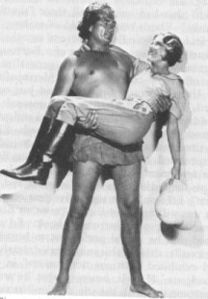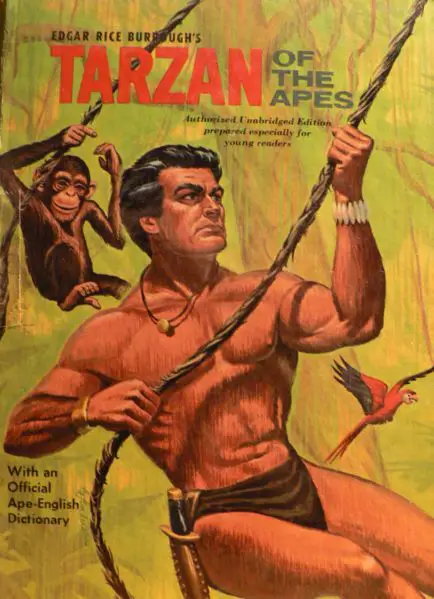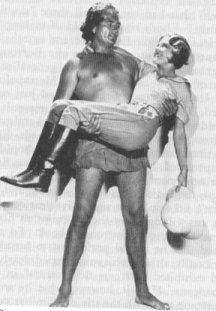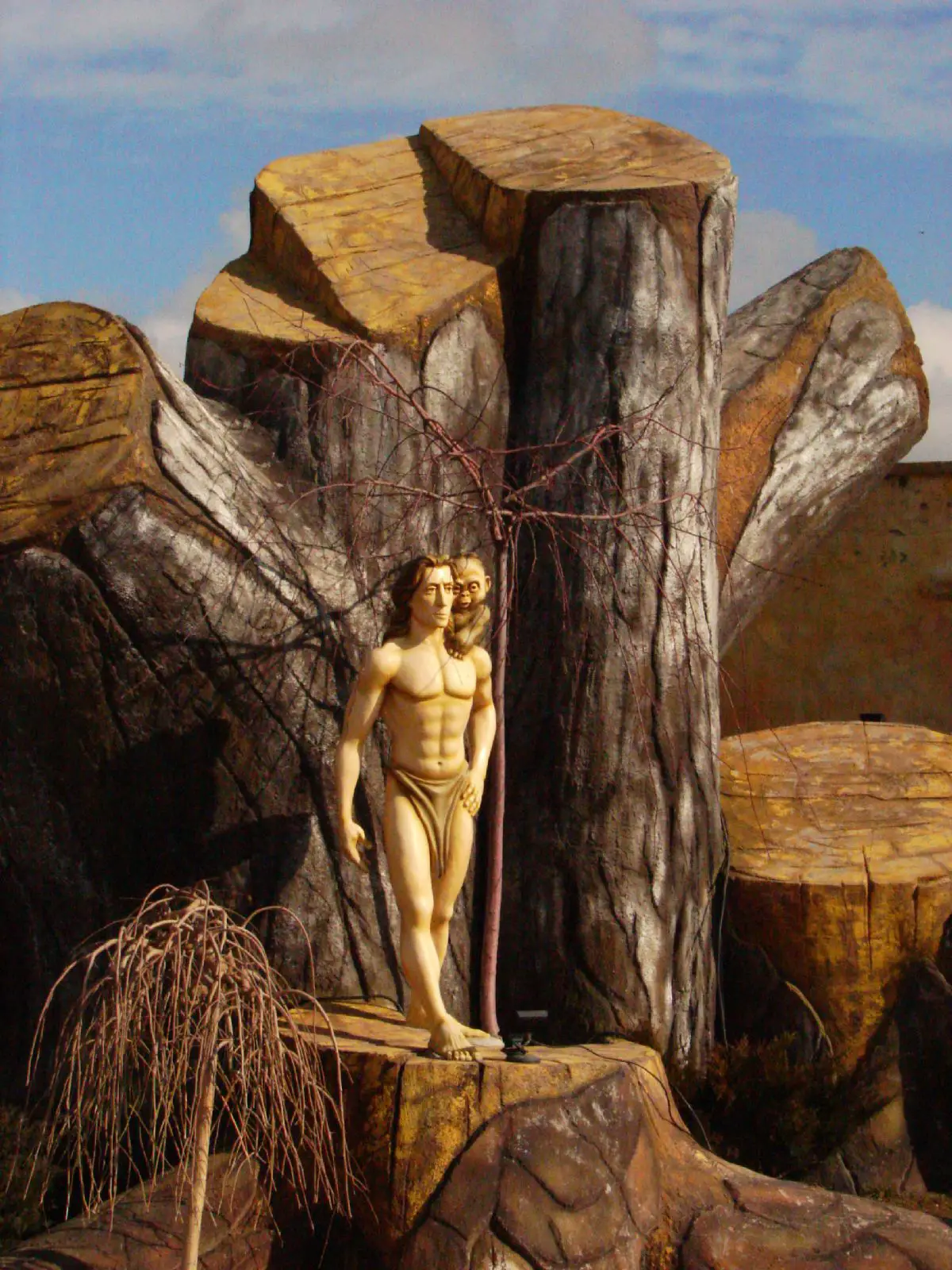Tarzan
İngilizce Tarzan kelimesinin İspanyolca karşılığı.s. Tarzán (agiloso y fuerte, héroe, rey de la jungla en las películas)
Kısaca: Tarzan Edgar Rice Burroughs tarafından yaratılmış bir öykü karakteridir. İlk olarak 1912'de Maymunların Tarzanı adlı romanla ortaya çıkmış ve daha sonra 23 devamı daha yazılmıştır. ...devamı ☟




olamayan Rıfkı, kendini Tarzan sanmaktadır ve zamanının büyük çoğunluğu ormanda geçmektedir. Fakir ve saf bir delikanlı olan Tarzan Rıfkı tesadüfler sonucu...
of Tarzan, Lord of the Apes, 1984 İngiltere yapımı filmdir. Jane rolündeki Andie MacDowell'ın başrol oynadığı ilk filmdir. Christopher Lambert Tarzan rolündedir...
çeken Tarzan, insanların ilgileri karşısında hem utanıyor hem de bundan mutluluk duyuyordu. Manisa'nın ağaç ve yeşilliği ile özdeşleşen Tarzan, Türkiye'deki...
Ahmet Bedevi, Manisa Tarzanı, 1899, 1963, Bağdat, Kurtuluş Savaşı, Manisa, Türkiye, İstiklal Madalyası, SpilTarzan: An Original Walt Disney Records Soundtrack, The Walt Disney Company'nin animasyon filmi Tarzan için yapılmış soundtrack çalışması. Phil Collins'in...
Kendisi Tarzan the Ape Man (1932) (MGM) ... Tarzan Tarzan and His Mate (1934) (MGM) ... Tarzan Tarzan Escapes (1936) (MGM) ... Tarzan Tarzan Finds a Son...
Johnny Weissmuller, 20 Ocak, 2 Haziran, Acapulco, Altın madalya, Fenomen, Meksika, Olimpiyat, Sutopu, Tarzan, Warner Bros.(1931) Tarzan and the City of Gold (1932) Tarzan and the Lion Man (1933, 1934) Tarzan and the Leopard Men (1935) Tarzan's Quest (1935, 1936) Tarzan the Magnificent...
şarkıcıdır. 1980'lerin çok beğenilen hit parçası Tarzan Boy onun eseridir. AIDS nedeniyle ölmüştür. Tarzan Boy parçası,uzun yıllar geçmesine rağmen hala...
Baltimora, 1957, 1995, 23 Mayıs, 29 Mart, AIDS, Kuzey İrlanda, Londonderryçektiği Tarzan serisi filmler ve King Kong filmiyle akıllarda kalmıştır. Çevirdiği önemli filmlerden bazıları; I Was Monty's Double (1958), Tarzan's Greatest...